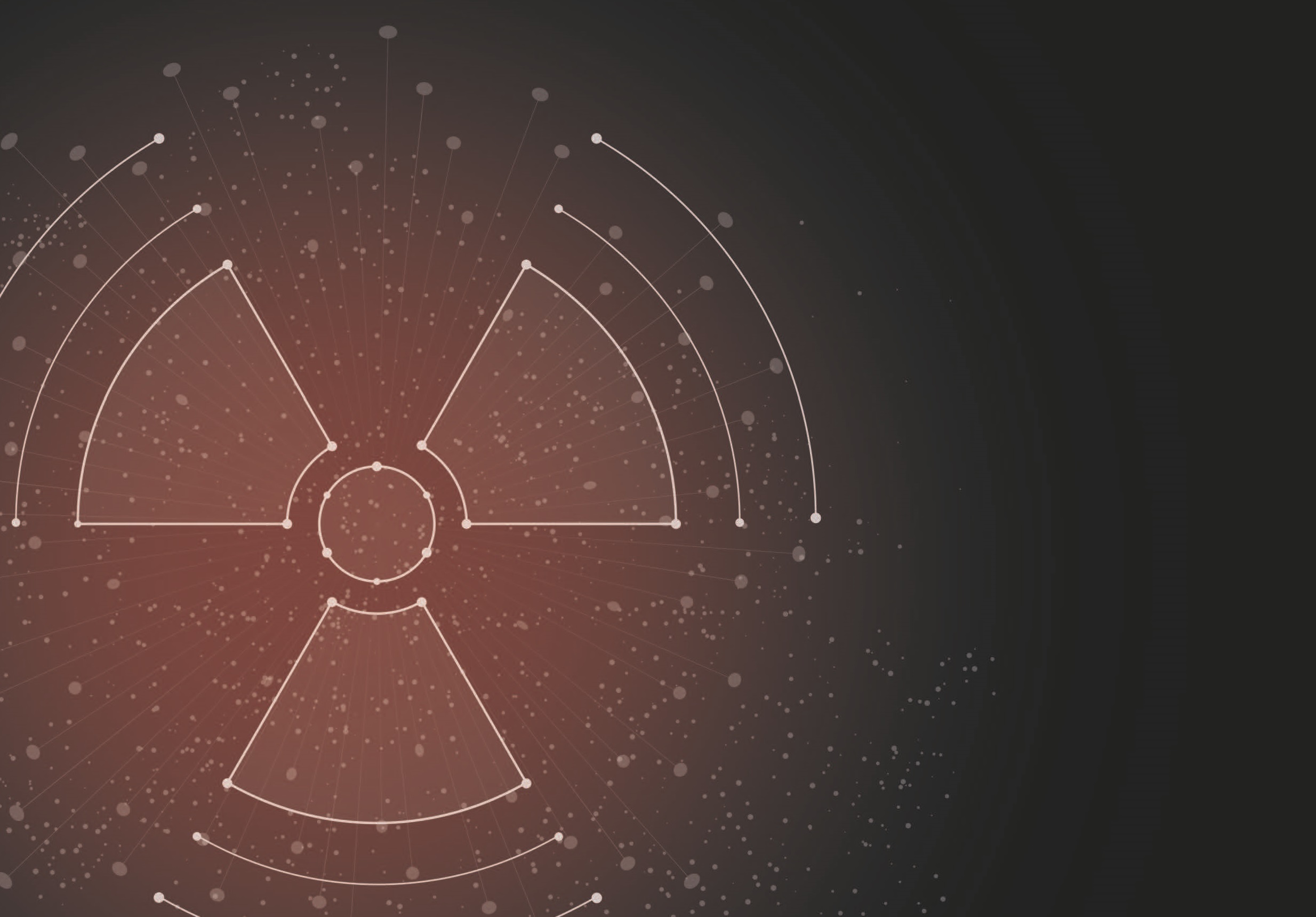Background
Each year, thousands of radioactive sources become disused worldwide. Many are exchanged for new ones to continue operation (e.g. industrial radiography and medical teletherapy). Some other disused sources are covered by agreements to return to their original supplier. However, many users cease operations or have no more use for their sources and are not fully aware of options for the adequate or affordable long-term storage or disposal of disused sources. In several instances, poor management of disused high activity radioactive sources has led to significant incidents, which have caused severe damages, including human casualties.
In addition, many users are unaware of the costs associated with the management of radioactive sources when they become disused. They are unaware that the transportation and disposal costs might be comparable to the purchasing price of the source itself. When confronted with these costly options, some users may opt to not declare their sources as disused and instead store them for extended period of time under substandard circumstances. This poses unnecessary safety and security risks as such sources could become orphan or vulnerable to theft and could potentially be used to create a radiological dispersal device (RDD) or a radiation exposure device (RED).
Finally, the return of a disused source to a supplier or its transfer to a safe and secure interim storage is not always feasible at the time the source becomes disused. In addition to cost, availability of authorised transport packages, lack of documentation and necessary certificates for sources and devices, insufficient interim storage capabilities, complex import/export processes, legislative and regulatory constraints from the countries of origin, and the absence of disposal pathways are examples of remaining challenges to an effective management of disused radioactive sources.
WINS and ISSPA therefore decided to partner and conduct a two-day workshop aiming at reviewing best practices for effective end of life management for sources and identifying the security issues and solutions related to the management of disused radioactive sources.
Objectives
The workshop focused on sealed high activity radioactive sources (Cat. 1, 2 and 3) and provided participants with the opportunity:
- To develop a common terminology and a better understanding of the usual challenges associated with the management of disused sources;
- To review the international recommendations for end of life management of radioactive sources and identify and discuss each step of a comprehensive strategy for an effective management of disused sources;
- To share good practices for the secure management of disused sources and identify and promote synergies between safety and security programmes;
- To discuss specific issues including but not limited to recycling, financial assurances, low cost storage solutions, process for designated a source as a waste, and long-term storage and disposal opportunities;
- To identify areas where further work is needed and to propose solutions for an effective improvement of security and safety at any step of the management of high activity disused sealed radioactive sources.
The national strategies may be very different from country to country, and the industrial and commercial approaches may be very different from supplier to supplier. For this reason, the workshop was designed around the main steps that need to be followed for designing and implementing an effective end of life management strategy: These steps may include onsite storage of sources or transport for reuse or recycle, return to manufacturer, repatriation of legacy sources, consolidation at a storage facility and/or disposal as waste. For each step, participants identified the key stakeholders and the challenges they may encounter and explored possible options to overcome those challenges.
